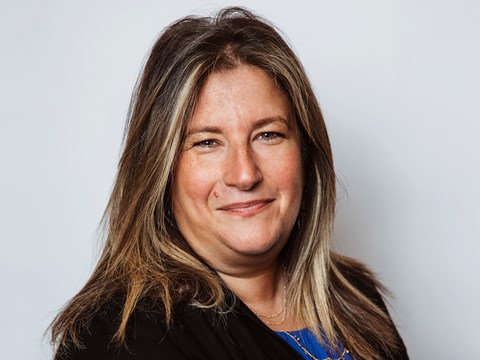A year of decisive change
06 Jan 2020
Uncertainty fuels indecision and uncertainty ruled 2019, at least politically. However, for AAR, 2019 was the polar opposite. A year of decisive change.
A change in ownership structure to an EOT partnership allowing Kerry, Paul and Martin to bring me in alongside them to evolve and grow the brilliant business they have built and nurtured.
So I write this through two quite different lenses.
I am writing this the weekend after the country voted in Boris Johnson. A simple reminder that while ‘Get Brexit Done’ became hugely repetitive and infantile to some, this simple, single minded message hit exactly the audience it was targeting. If nothing else, we go into 2020 with more clarity and an even bigger need to ensure the marketing community represents, reflects and truly understands the audiences with which we are trying to connect. We need inclusive leaders who recognise that diversity and inclusion is the answer to our business challenges.
Looking through my AAR lens, I have spent my first six months in deep listening mode, spending time with many of our clients. Working across a wide range of businesses from disruptors to heritage brands, we sit in a privileged position. A position that gives us perspective across different strategic approaches, but we can also see common themes emerging across the board.
Our clients are trying to put the customer into the driving seat. Customer expectations and demands are increasing, and the disruptors have set new standards. Nick Tate, Head of ‘Next’ at GSK, articulated it brilliantly in his interview for our innovation podcast in which he said we are all competing with ‘the speed of prime’. In order to compete, clients are making considerable investments in data and technology to consistently understand and enhance the customer experience across all channels.
AI is a common theme with ‘next best action’ marketing as a goal. This explains why ‘agility’ is the most common term used in our briefings. To really deliver competitive advantage and leverage these investments, marketing departments need to change structure, processes and behaviours. They need to change the rhythm of marketing.
What is so exciting about this future is that brands will be able to be truly useful to their customers, giving them an opportunity to help and delight.
However, without creativity there is a danger of digital sameness. The algorithms will drive us quickly to a level playing field and, at this point, what separates and differentiates is how the brand comes to life in these moments. How the uniqueness of the brand moves beyond functional experiences. This is where creative differentiation becomes the principle for growth.
It has felt like creativity has been left off the agenda in the last couple of years. Like it is a dirty word. I think there are two reasons for this:
- We have been in what I call a ‘plumbing phase’, where the focus has been on laying data and technology foundations to enable mass personalisation.
- Creativity needs a re-brand. When we think creativity, we need to think creativity with a big ‘C’. Creativity to solve business challenges and to manifest beyond communications.
I strongly agree with Dave Trott when he said “Pure creativity would be what you find in art galleries; creativity for its own sake. Applied creativity would be what we (creative partners) do: creativity with a specific purpose”.
This creativity needs to be applied to all marketing challenges, not just marketing communications.
As a collective, we need to champion broader forms of creativity and re-imagine creativity in the new rhythm of marketing. The future marketing model has rightly been high up the agenda in 2019 and that will continue into 2020 and beyond.
However, I am going to end on a statement that is bang on the money. Early in 2019, Campaign ran a breakfast briefing on the future model. It was Alex Grieve, Chief Creative Officer at AMV BBDO, who stood out for me when he said that surely the right marketing model has to be the one that liberates creativity across the board.
So, here’s to 2020. A year of creativity and change fuelled by a celebration of difference in all its forms.
About The Author




